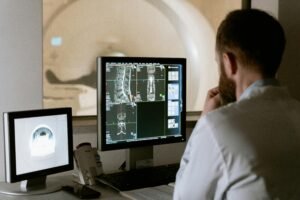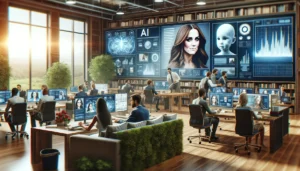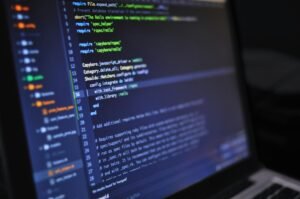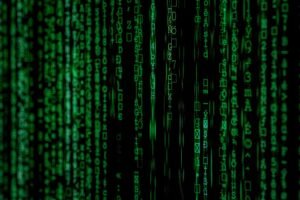Unseen Eyes: The AI Startups Shaping Surveillance

From monitoring traffic flow to predicting criminal activities, AI surveillance tools are increasingly becoming integral to our lives. But at what cost? This investigative piece delves into the current landscape and the future implications of AI surveillance, featuring groundbreaking examples from trailblazing companies.
Synthetic Minds, Real Control: Palantir Technologies, known for its data analytics capabilities, has stepped into the AI surveillance arena with tools that integrate vast data sets to predict criminal activities. Their software, used by law enforcement agencies, analyzes patterns from myriad data points, offering insights that were once impossible.
The All-Seeing Drones: Skydio, a drone manufacturer, has revolutionized aerial surveillance with AI-powered autonomous drones. These drones, equipped with advanced object recognition, can navigate complex environments for applications ranging from industrial inspections to emergency response.
Retail Revolution: Standard Cognition is transforming retail with its AI-based autonomous checkout systems. Their technology, deployed in stores, uses surveillance cameras and machine learning algorithms to automatically track purchases, minimizing theft and streamlining the shopping experience.
AI for Public Safety: Knightscope‘s autonomous security robots are a leap forward in public safety. Using AI, these robots patrol areas, detect unusual activities, and provide real-time data to security personnel, enhancing safety in public spaces.
The Future of Traffic Management: Vivacity Labs in the UK is using AI to revolutionize traffic management. Their smart cameras and algorithms analyze traffic flow, pedestrian movements, and accidents, providing data to optimize city planning and reduce congestion.
The future of AI surveillance holds both promise and caution. Advancements in machine learning, facial recognition, and predictive analytics will continue to refine these tools, offering unprecedented capabilities. The challenge lies in ensuring these innovations serve the greater good, while safeguarding individual freedoms.
